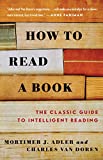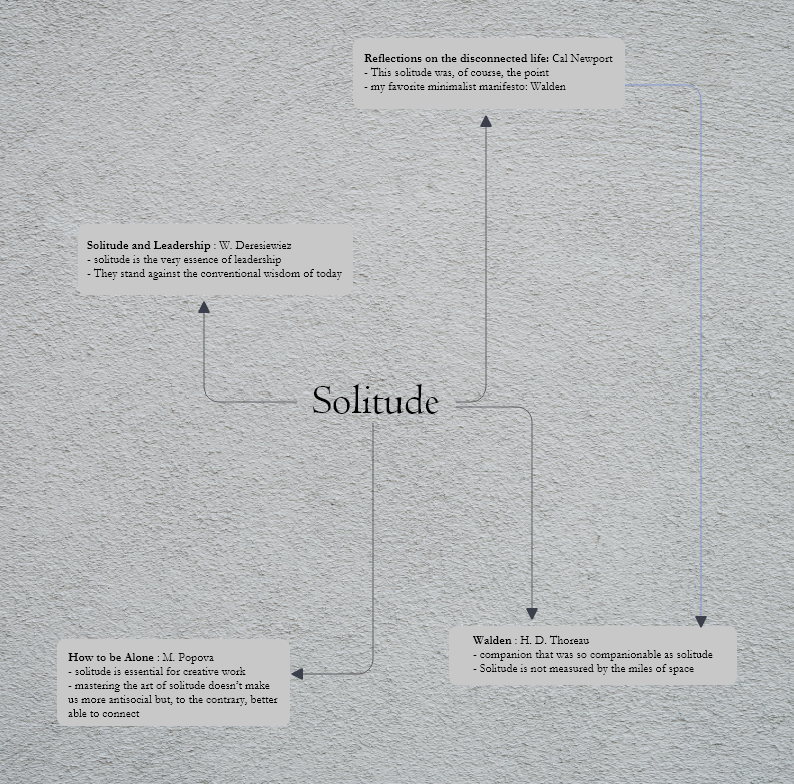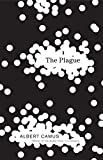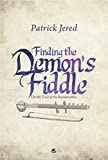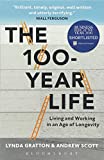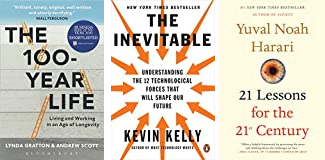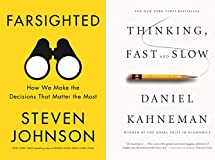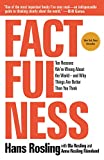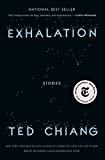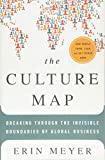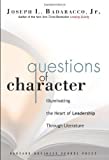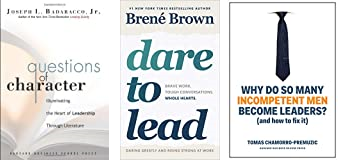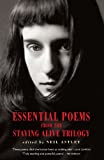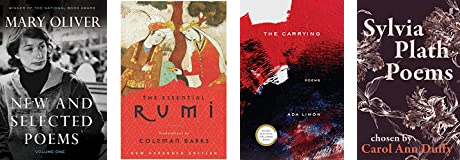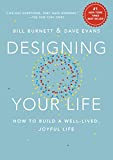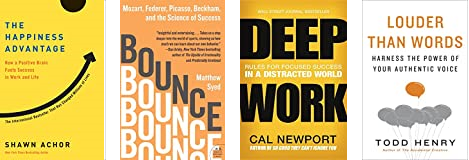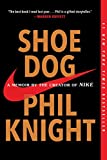Progress lies not in enhancing what is, but in advancing toward what will be.
Khalil Gibran
Consider two stacks of books – one with all the books you read in 2010, and the other with all the books you read/ plan to read in 2020. Are you reading more or less? Are you reading the same topics, or have you broadened your reading repertoire? Has your depth and expertise, and ability to absorb complexity of the topics or the storyline increased?
If you don’t see much progress between the two points in time, don’t fret – you are in good company with most other adults. However, if this were the case with your bank account, you would likely not be so indifferent. To at least keep up with the rate of inflation, you would insist on the growth of your material wealth over time. The same concept, though much less understood, applies to our intellectual wealth.
Intellectual inflation – whereby what we know in 2010 is not as valuable in 2020 – is just as real as economic inflation. It has as profound an impact at the individual level. But it is a concept that is hard to comprehend, and harder still to quantify. Unlike the currency of economic wealth, intellectual wealth is not valued in absolute terms but in relation to its ability to bring about change and improvement in a person’s life. This depends on each individual’s specific context, capabilities and goals. In other words, while you can measure money against commonly accepted standards, your intellectual growth is up to you to measure.
Tip #1: Chart your reading trajectory
Take any two points in time – say A and B – between which your life has significantly changed. It could be a transition from student to working life, one job to another, one country to another, or just a period before and after an emotional personal transformation. List out the books that you were reading at point A and point B. Try to capture 4-5 books in each period. Without much scientific or quantitative rigor, assess for yourself your reading trajectory – essentially a gauge of the progress you have made. Treat it as a moment of self-reflection on whether you are satisfied at the progress of your reading journey.
The concept of growth lies at the heart of charting a trajectory – the fundamental assumption being that during the course of a lifetime, we make small steps of personal elevation, each making us a better person than we were. Our markets and our economy are obsessed with growth, however at closer examination, growth is not necessarily a fundamental imperative but a cultural construct.
Smil’s latest tome “Growth” covers the concept of growth from megacities to micro-organisms. The book, through rigorous analysis, tries to make the point that the end of growth is inevitable. However, I read Smil because he is a historian, not necessarily a futurist, and what I particularly like about the book is its rigorous examination of the concept of growth as applied to both nature and society.
t examines the rules and patterns of growth in energy consumption, human artifacts, and human populations, societies and economies.
Bill Gates warns that “Growth” is not a book for everyone, but if that statement makes you feel apprehensive to pick up the book, I would suggest reframing that comment to – what would it take for me to read this book with the same ease and absorb as much from it as someone like Bill Gates?
You can’t manage what you don’t measure.
Peter Drucker
If you are like most people, you would go about such a task starting with goal setting, and then tracking your progress to your goals. Tracking reading progress is often reduced to just measuring the number of books you read. That measure is too coarse to serve any real purpose. Websites like GoodReads offer reading challenges (I confess, I do take part in them) which are purely based on number of books read. While some measure is better than no measure, we believe that there is a need to measure all facets of a reading journey.
Tip #2: Quantify your read
Start small – if you have never measured your reading, start with a simple reading journal. As you get comfortable with this, try out goal setting with a broader personal purpose in mind and then documenting your reads by genre and topic you would like to cover. As you get more comfortable in quantifying your read, or if you are already a QuantifiedRead practitioner, assign each book a progress score – whereby it is a measure of how much the book contributed towards your own personal goal, whether it is information, understanding or transformation.
A side note to this – reading fiction is often associated with reading for entertainment. This could not be farther from the truth. Studies have, time and again, showed that fiction can have a transformative experience in individuals, and if read right, it can result in as much personal growth, if not more, than non-fiction. However, in case of fiction, the writer is often less explicit on what is it that you might gain from a book, leaving it more up to the reader. Therefore, the concept above is as relevant for fiction, it just requires a more objective and astute assessment on the part of the reader.
If I have seen further than others, it is by standing upon the shoulders of giants.
Isaac Newton
Growth and elevation are individual concepts, but they also have a collective aspect to them. Reading is the ultimate act of standing on the shoulders of others. It is how we acquire the foundational knowledge in a topic where much work has been done before. But once we are there, we have a responsibility. An obligation to contribute.
Tip #3: Contribute to collective human progress
Go on, be audacious! We are all on earth for a unique purpose – just because we may not have unearthed it, doesn’t mean it doesn’t exist. Which is that specific field that you are so passionate about that you are a fount of knowledge? And could you, in that topic, be the person who pushes our collective understanding beyond what those who have come before us have done? The chosen area could be small or big, that is immaterial as long as it is yours for a unique reason.
Our recommendations list covers the topic of Growth – it is a broad topic that can be interpreted in many ways, we have tried to cover the different aspects of this theme.
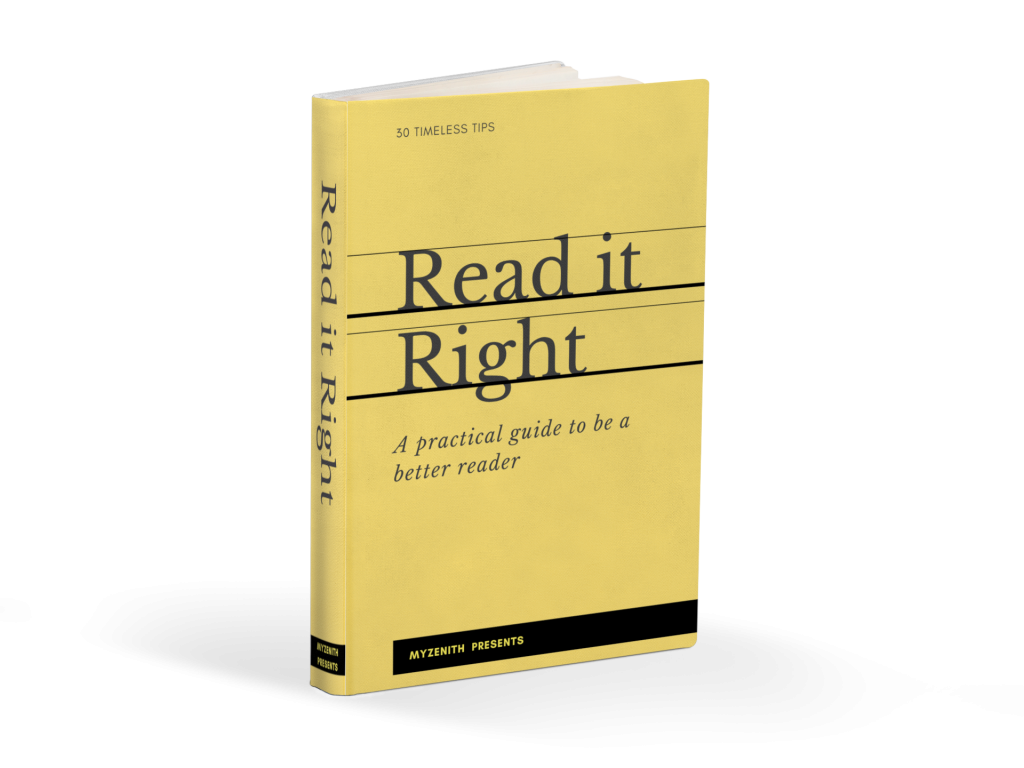
If you would like to get more tips to be a better reader, download our practical guide – Read It Right. Free for all subscribers!




